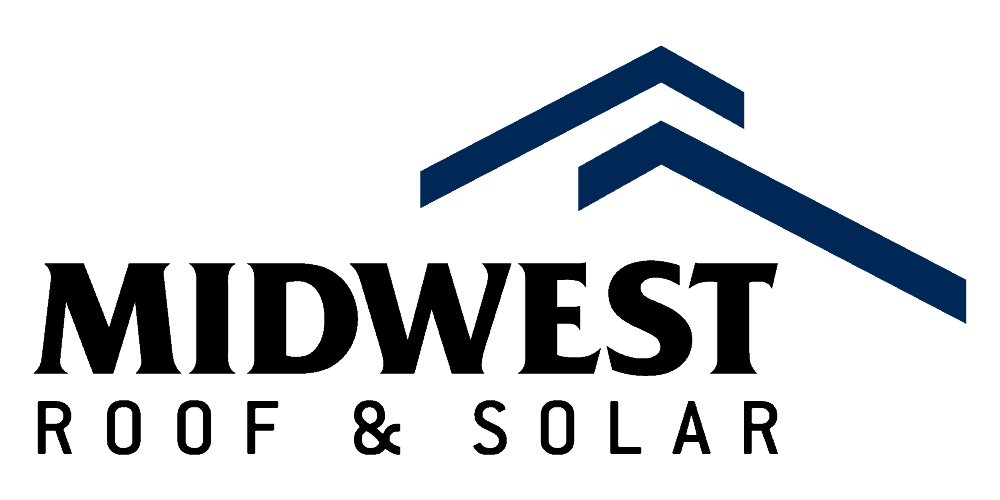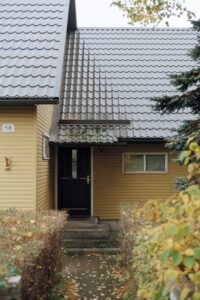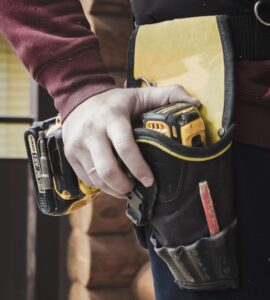Everyone can picture a traditional red barn with a metal roof, it’s the first style of barn that comes to mind. It’s usually a large, red pole barn with a silver or green metal roof. Minneapolis has quite a few of these classic metal roofed barns in the area. These barns haven’t changed much over the centuries. But why is metal roof installation so common on barns?
Why are metal roofing installations so common on barns?
The use of metal on barn structures clearly benefits property owners. After all, if you have hay or animals in the barn, you want the most dependable way to keep them dry and safe. Metal roofs on barns, on the other hand, have a number of advantages.
Metal roofing materials are sourced in a sustainable manner
Have you ever passed by a barn on the side of the road and realized it had been there your entire life? One of the most important aspects of building a barn is to do it well enough that it does not require a lot of work over time. Metal is more environmentally friendly and durable than wood. Today’s metal roofs are built to last, often for 40 to 50 years. That means fewer repairs and issues along the way.
Furthermore, the majority of today’s metal barn roofs are made from recycled materials and are fully retable, making them a good option for those looking to do their part to protect the environment. Eco-conscious property owners are discovering that this is one of the most durable roofs for most needs.
Metal roofing is available in a variety of styles and colors
Metal roofs are versatile enough to meet the majority of needs, including fashionable ones. Choose from a variety of colors, finishes, and even shapes to achieve the desired and required look and function.
A bright red roof on a pole barn may be an excellent choice for some. It allows people to see the barn from above, and depending on the color you paint it, it may help to reduce heat and humidity buildup within the space. Gray and other darker colors can be useful in cold climates because they help to retain more of the sun’s heat.
Metal roofs require little maintenance after they are installed
Another significant advantage is that most metal roofs on pole barns require very little maintenance. Most of the time, there isn’t much that can be done for them. Metal roofs require fewer repairs than traditional asphalt shingles, which may require annual repairs and inspections. Some manufacturers will even provide a warranty on the paint. You can touch them up to improve their appearance over time, but you don’t have to if the roof is well-designed.
Metal roofs have a long lifespan due to their durability
Metal roofs are also an extremely strong structural component of the building. They do not degrade quickly, and they can withstand almost any impact, including falling tree branches and hail. If struck by lightning, they are unlikely to catch fire, which could help to reduce risks if your barn is the tallest structure in the field. They are also less likely to catch fire if a nearby building is on fire. Because of their fire resistance, they can be an excellent investment.
They also do a good job of retaining heavy weight from snow without the risk of the weight caving in. Though you must still ensure that they are strong and supported, you will be able to rely on this type of structure more than traditional shingles.
Termites aren’t interested, and most pets won’t be able to burrow their way through them to build a nest on top of your barn.
Metal Roofs on Barns: A Brief History
The traditional barn that we know today is a free-standing, often larger structure that evolved from the aisled medieval barns that were common in Europe. These barns, known as tithe barns or monastic barns, first appeared around the 12th century.
Many of these barns could be found throughout much of Western Europe by the 15th century. Construction methods evolved and modernized over time, shifting from large hall buildings to simpler structures designed for animals and farm use. These aisled barns had a distinct structure, often with large front doors and a passage corridor for wagons to load. The material was kept in aisles called bays that ran between several central poles.
These structures had traditional wooden roofs, but some also had stone walls and thatched roofs. Barns were typically built with whatever materials were available and least expensive, particularly in rural areas. It would not be until the farm was mechanized that metal roofs began to replace these other materials.
Metal roofs were made easier to install and became more common on barn roofs after World War II. Galvanized steel was more widely available at the time, and it was common to see entire barns constructed of it or built on treated wood frames.
Make your barn’s metal roof installation first steps
You may also be able to customize the size of your metal roof with the manufacturer. You can make it look like your house or make it look very classic and traditional. Some may even want to paint the tops of them with the farm’s name or other distinguishing features to make them a focal point on the farm.
Metal roofs are a popular choice for everything from a small backyard barn to a large, working barn structure because they provide the type and level of protection required to secure these structures. When time and money are limited, you want something that will last and take a beating without requiring a lot of your attention. Metal barn roofs are an excellent investment because of these characteristics.





